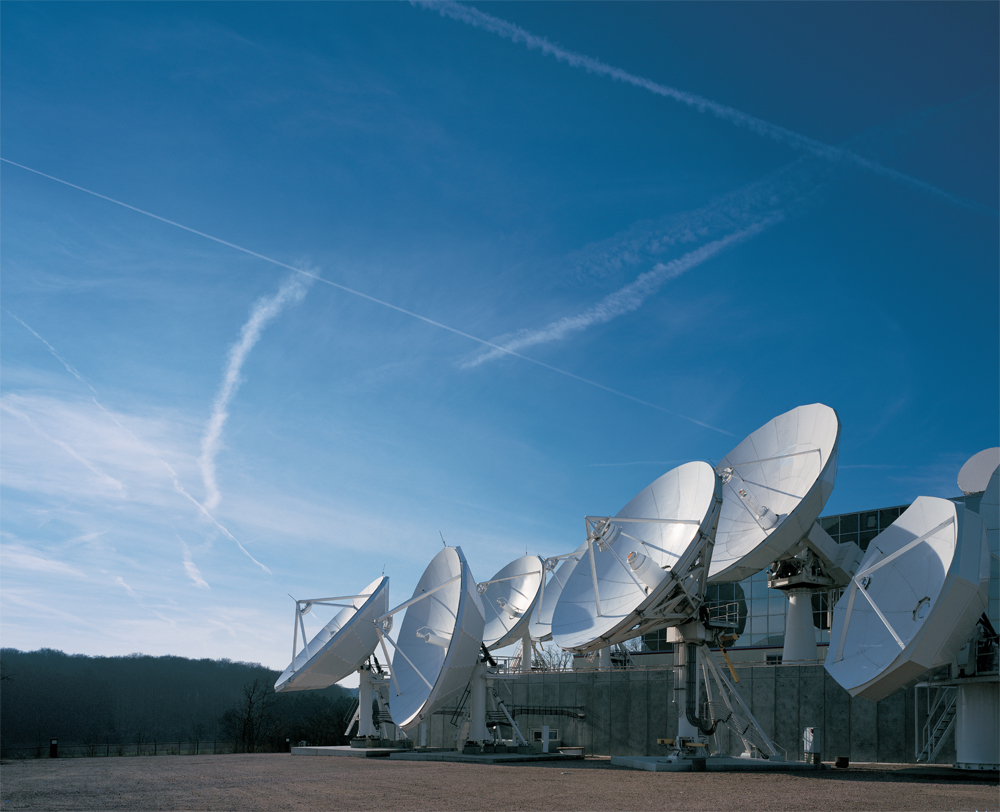In previous posts on the GovSat Report, we looked at the reasons why the federal government and United States military are so reliant on satellite communications (SATCOM). We also analyzed the mission-critical use of commercial satellite communications (COMSATCOM) in the military and took a look at two separate government programs that are essential for delivering mission critical IT services and connecting all military members – from senior leaders to the warfighter.
T he critical nature of COMSATCOM to the military was reinforced at both of this year’s largest satellite industry conferences – SATELLITE 2015 and the Space Symposium – where attendees discussed the importance of COMSATCOM for increasing the mobility and agility of the military while helping to defend satellite constellations from attack.
he critical nature of COMSATCOM to the military was reinforced at both of this year’s largest satellite industry conferences – SATELLITE 2015 and the Space Symposium – where attendees discussed the importance of COMSATCOM for increasing the mobility and agility of the military while helping to defend satellite constellations from attack.
COMSATCOM has become increasingly important for the federal government today, and the reliance on service providers will only increase as the government continues to move towards more cost efficient operations. This means that more government agencies and acquisition professionals will be tasked at identifying the correct COMSATCOM provider for their organizational needs.
Unfortunately, the selection of a COMSATCOM partner often requires looking beyond the ability to meet the mission requirements. Here are some of the things federal agencies should be looking for in a partner:
 Commitment to performance above revenue – the federal government prizes performance and accomplishing a mission for the betterment of the country and its people over individual profit – their COMSATCOM provider should function similarly. Short-term and profit-focused thinking by a company, intended to enhance its bottom-line, at the expense of performance, should be unacceptable from a government COMSATCOM partner.
Commitment to performance above revenue – the federal government prizes performance and accomplishing a mission for the betterment of the country and its people over individual profit – their COMSATCOM provider should function similarly. Short-term and profit-focused thinking by a company, intended to enhance its bottom-line, at the expense of performance, should be unacceptable from a government COMSATCOM partner.
A government agency’s COMSATCOM partners need to focus less on profit and more on performance and problem solving by accepting no easy or simple rationale for complex problems, anticipating client needs and proactively improving functionality at all levels, even if these actions and activities cut into the bottom-line.
Reliability and staying power – when a federal government agency awards a five or ten year contract to a COMSATCOM provider they should feel assured that their partner will go the life of that contract without being sold or traded, and that the management team that was dedicated to the sale and delivery of service will be the same at the beginning and end of a project.
A history of upright business practices – with taxpayer dollars on the line and government budgets already stretched thin, federal agencies need to ensure that their partners are practicing responsible accounting practices and have never been accused of, held liable for, or settled allegations of fraudulently charging the government.
 Today, COMSATCOM services are essential for both civilian agencies and branches of the military. Choosing a COMSATCOM provider simply for their ability to provide a marginally-compliant, lowest-price technically acceptable proposal puts the government in a high risk situation. When choosing COMSATCOM providers, it’s essential that Government agencies select a partner that can meet mission objections, are stable, will be dedicated to identifying answers to the most complex questions and have a long track record of operating ethically.
Today, COMSATCOM services are essential for both civilian agencies and branches of the military. Choosing a COMSATCOM provider simply for their ability to provide a marginally-compliant, lowest-price technically acceptable proposal puts the government in a high risk situation. When choosing COMSATCOM providers, it’s essential that Government agencies select a partner that can meet mission objections, are stable, will be dedicated to identifying answers to the most complex questions and have a long track record of operating ethically.
In upcoming posts on the GovSat Report, we will provide ideas that Government end-users and acquisition professionals can adopt to ensure that their COMSATCOM services are provided by high-reliable corporations, reduce areas of risk that can generate significant mission problems and cost overruns, and incentivize exceptional performance over the long-term.
